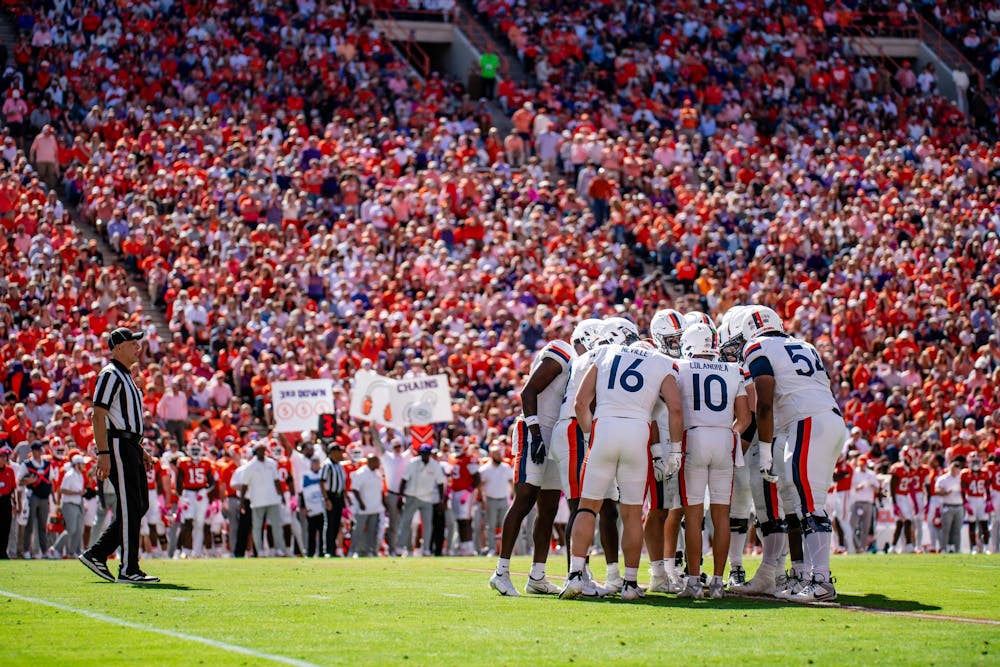What started with an NCAA ruling in 2021 allowing student-athletes to profit from their Name, Image and Likeness has led to a dramatic shift in the college sports landscape. This shift recently culminated in the June 2025 House v. NCAA settlement that will enable schools to share their revenue with athletes beginning in the 2025–26 academic year. Known as revenue sharing, this new model allows universities to directly distribute up to $20.5 million annually to current student-athletes. Moreover, schools can continue to support athletes through NIL deals and pooled donor funds known as collectives.
While technically separate from direct payments, collectives have become somewhat of a de facto pay-for-play system in practice. At the University of North Carolina at Chapel Hill, donor-funded collectives have leveraged NIL agreements to create a nearly $14 million “payroll” for their men’s basketball team. The new settlement, which aims to reduce reliance on loosely-regulated funds and collectives, challenges programs like the University’s to develop strategic and transparent approaches to athlete compensation that balance competitiveness with integrity and retention — in other words, the Tony Bennett way.
Virginia basketball fans might recognize this ethos of sustained culture and commitment. After all, for years, Bennett successfully emphasized retention, development and collective identity over flashy recruitment or individual stardom. Of course, some might argue that Bennett’s recent departure only proves how out of step that philosophy has become. But that’s exactly the point — his exit is not a dismissal of those values, but a warning that they are quickly being eroded. Now, however, there’s an opportunity to reverse that trend, and the next step is a clearly defined model for how to spend the money according to these principles. That means prioritizing a centralized approach to athlete compensation — one that integrates revenue sharing and NIL, encouraging loyalty without alienating new talent.
Since this is a new dilemma for athletic programs, there is no proven blueprint in place for how to leverage these compensation systems to maximize achievement. But that means the University has a rare chance to lead. Some schools, such as The Ohio State University, have launched centralized initiatives to unify their NIL efforts and strategically coordinate athlete compensation across sports. The University should take a similar approach, establishing an initiative within Virginia Athletics that brings together NIL strategy and revenue-sharing distribution into a single framework.
This would enable the athletic department to maintain consistency, fairness and transparency in fund allocation, while also focusing on identifying high-impact areas to maximize competitive return on investment. This would not only help attract top talent, but also help align financial resources with program objectives, like culture, academic balance and long-term development.
By going this route, the University could streamline its compensation and navigate the increasing scrutiny around NIL agreements. Recent NCAA and executive crackdowns on questionable NIL deals underscore the need for a centralized system that ensures all athlete payments meet regulatory standards. A centralized compensation program would help Virginia Athletics stay above board by ensuring all payments comply with NCAA regulations while fostering a system that benefits athletes without compromising institutional integrity.
As for the transfer portal, the University should take a strategic approach that balances attracting top transfers while retaining athletes to elevate competitive performance. This year, four of the top five players in the NCAA baseball transfer portal were from the University, and there are only three returning players on the entire men’s basketball roster. Even though these programs both saw coaching changes this offseason, this highlights how even top programs can be destabilized without a strong infrastructure for athlete support.
Now, the challenge is building a system that makes those athletes want to stay. A centralized NIL strategy could support the creation of structured, multi-year compensation plans that reward athletes for staying with the program — for example, escalating payments tied to years of service or loyalty bonuses for athletes who complete their degree. It could also fund career development, media training and personal branding support. These commitments would give top athletes a reason to view their time here as a long-term investment — not just a short stop on the way to a better deal elsewhere.
The landscape of college athletics has shifted at an ideal time for Virginia Athletics. The University is coming off one of its worst sports years in recent memory, with Virginia football, men's basketball, women's basketball, men’s baseball and men's lacrosse all missing the NCAA playoffs for the first time since the 1976-77 academic year. Despite this, it is possible to reverse course. The athletic department has expressed their intention of using the entirety of the $20.5 million in revenue sharing, and Virginia ranked 14th nationally and second in the ACC in NIL collective funding — proof that the financial foundation for Virginia’s athletic programs is strong. But beyond money, Virginia must remember that, in this new era of college athletics, success will depend not just on attracting talent, but on keeping it.
Ryan Cohen is an opinion columnist who writes about economics, business and housing for The Cavalier Daily. He can be reached at opinion@cavalierdaily.com.
The opinions represented in this column are not necessarily those of The Cavalier Daily. Columns represent the views of the authors alone.







